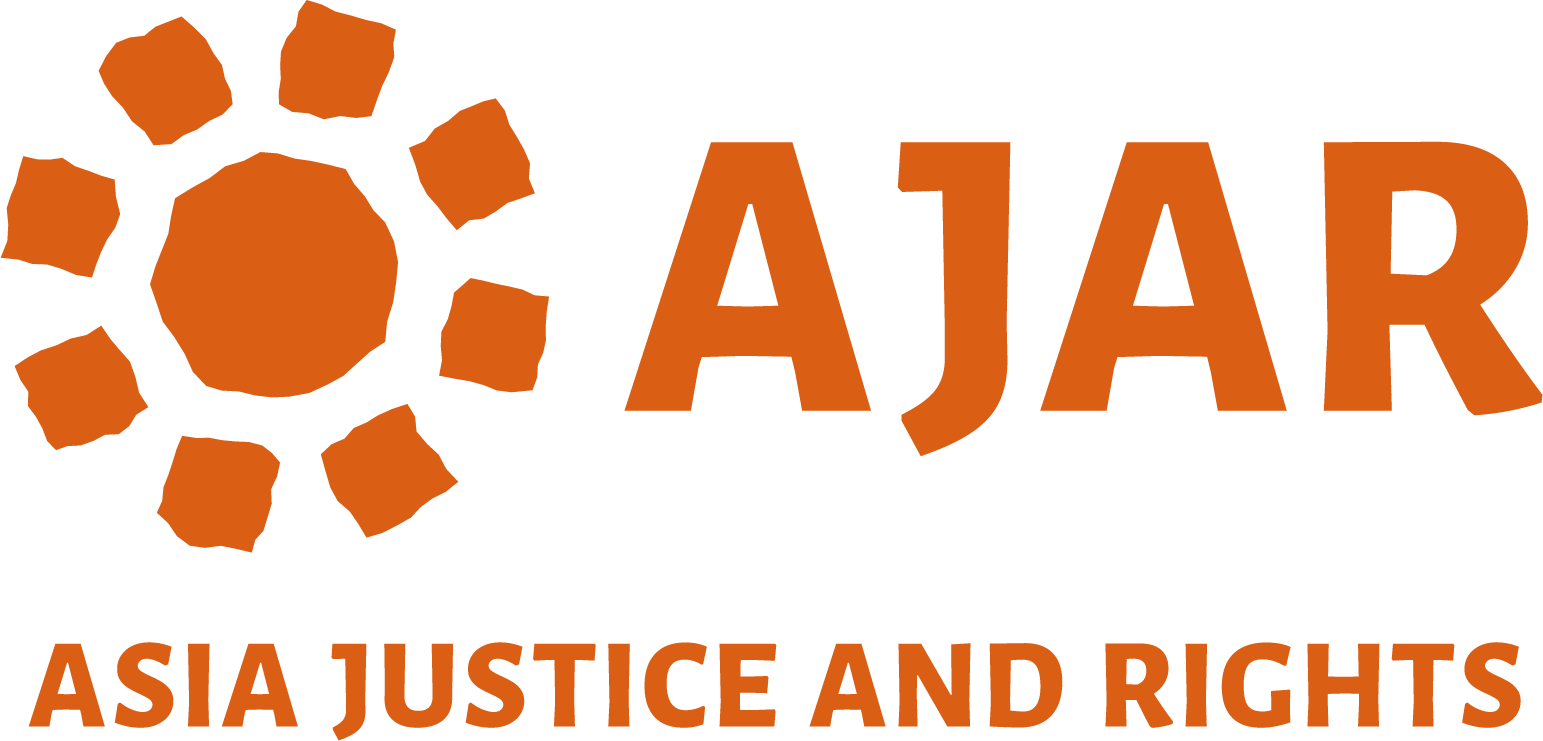REMHI, Guatemala (1995-98)
REMHI (Proyecto Interdiocesano de Recuperación de la Memoria Histórica or Historical Memory Project) was formed in 1995 by the Catholic Church in Guatemala. Coordinated by the Social Ministries ́ Office for Human Rights, and covering ten dioceses, this process was established in anticipation of the CEH (Comisión para el Esclarecimiento Histórico or Commission for Historical Clarification) that was established in 1994 as part of a UN-facilitated peace agreement between the Guatemalan government and guerrilla groups, but was not instated until three years later.
REMHI’s work was aimed at setting standards that could later be followed by the CEH, projecting victims’ voices, and integrating truth seeking into the pastoral work of the church. Working for three years with 600 volunteers who took statements in communities, REMHI collected 6500 testimonies and released a 1400-page report, Nunca Más [Never Again], in 1998. REMHI reported more than 50,000 cases of human rights violations and concluded that 80% of the violations were perpetrated by the military. Two days after the report was released, Bishop Gerardi, who had led the REMHI process, was murdered. REMHI findings contributed to the work of CEH when it began operations under UN auspices in 1997.
DC-Cambodia (1994-now)
DC-Cam (Documentation Center-Cambodia) is an NGO that was established after the completion of a research project on genocide conducted in Cambodia by Yale University, USA. The researchers formed a national organization, the DC-Cam, to continue the process of collecting testimonies about massacres and political violence during the Khmer Rouge regime, preparing data to try perpetrators who were still alive, and to educate the public about the prevention of genocide. Its activities have included making films, conducting research, producing publications, and helping to reunite families who had been separated due to the conflict. DC-Cam has collected a large archive of material including testimonies, photographs, and data regarding sites of violence. It has mapped 189 prisons and 19.403 mass graves, and has facilitated the establishment of 80 memorials of the genocide throughout Cambodia.
In 1999, a group of UN experts concluded there was some indication that Khmer Rouge leaders were responsible for war crimes, genocide, and crimes against humanity based on an investigation process that used DC-Cam data. After a long negotiation process, the Cambodian government made a treaty with the United Nations to deploy a hybrid court (a mix of Cambodian and international staff and laws) to prosecute Khmer Rouge leaders who were still alive. The court, established in 2006, continues to function.
Bangladesh War Museum (1996-now)
Civil society in Bangladesh established the Liberation War Museum in 1996 to commemorate martyrs and memories of the 1971 war. The museum seeks to show how popular struggle and human sacrifice contributed to the fundamental principles of democracy, secularism, and nationalism that are embodied in Bangladesh’s constitution.
According to its mission statement, the museum is dedicated to all who love freedom and to the victims of mindless atrocities and destruction committed in the name of religion, ethnicity, and national sovereignty. The museum houses rare photographs, documents, and materials used by freedom fighters of the liberation war. It has also excavated two killing fields in the suburbs of Dhaka and preserves one site, including the human remains found there. Through displays and regular programs, the Liberation War Museum is a living museum where visitors can participate in building national unity and a tolerant society that opposes human rights abuses, and can draw relevance to current social and human rights issues.
Greensboro Truth & Reconciliation Commission, USA (2004-06)
In 1979 in a small town called Greensboro (North Carolina, USA), five activists of the labor rights movement who were organizing an anti-Ku Klux Klan/KKK demonstration (KKK is a white supremacist organisation) were shot dead by followers of the KKK and Nazis; ten other demonstrators were wounded. At the time, the police stayed at a distance, although they knew the two parties might clash. A police informant also participated with the KKK and Nazis in the attack.
Although a local TV station captured the killings, the perpetrators of the murders were acquitted in two criminal courts, both of which had all-white juries. The local Greensboro government eventually paid some compensation to victims following a civil trial. The Greensboro Truth and Reconciliation Commission (TRC) operated much like an official truth commission. It conducted research, organized community involvement (public hearings and volunteer opportunities for young people and students), and issued a report on the incident and underlying issues. The Commission’s mandate called for “the examination of the context, causes, sequence and consequence of the events of November 3, 1979.” Seven commissioners, supported by a small executive team (five people) and a corps of volunteers, began work in 2004. The commission held three public hearings, with testimonies from family members of the victims and survivors. Although the Greensboro TRC had no authority to subpoena anyone, it nevertheless managed to obtain testimonies from current or former members of of the KKK/Nazi, police, lawyers, journalists, historians, local residents, and a judge.
